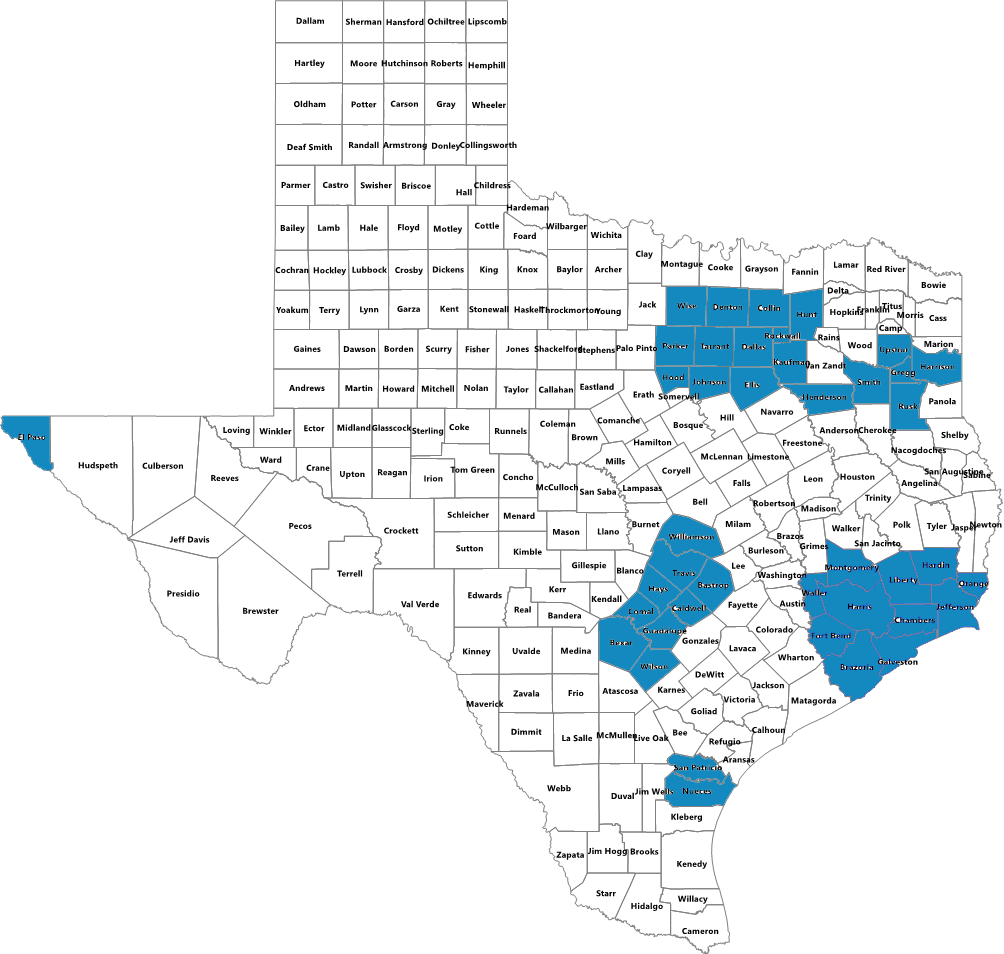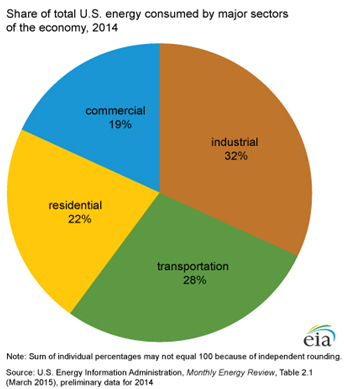Codes
No matter the phase of construction, SPEER is committed to helping you apply and enforce proper building codes. Our goal is to reduce operating costs, protect air quality, and preserve resources.
YouTube Channel
Browse our webinar archive
Texas Energy Code Adoption Toolkit
If you’re going to make a building energy efficient, do it at the beginning. State policymakers in Texas have established regulations with the intent to improve energy efficiency and reduce operating costs for their constituents while protecting the air quality and natural resources of the state.
Local Jurisdiction Authority in Texas
Cities
There are over 1,200 cities, towns, and villages that have the responsibility to implement and enforce energy codes under Chapter 388 of the Texas Health and Safety Code.
Counties
Section 388.004 of the Health and Safety Code states that the adopted energy code applies in the unincorporated areas of counties as well as in the incorporated areas of cities and towns. Section 233 subchapter f of the Local Government Code gives counties the authority to adopt and require compliance with the International Residential Code, including the energy provisions of that code, as the building standard for new single-family homes and substantial additions to existing homes.
Texas Code Compliance Collaborative
SPEER supports the Texas Energy Code Compliance Collaborative which meets quarterly. By facilitating the Collaborative, SPEER connects industry stakeholders to develop resources and programs that encourage compliance with state and local energy codes.
Texas Field Study
SPEER is working with the National Association of State Energy Officials (NASEO) and the State Energy Conservation Office to conduct a DOE-funded field study of energy-efficient building practices in new single-family homes.
Existing State-Wide Energy Codes
Energy Codes are adopted statewide and establish a minimum or baseline for all building practices. Texas law currently requires the following state energy codes for new buildings or significant upgrades to existing buildings.
→ Residential (Single Family Residences and Duplexes): 2015 IRC, Chapter 11
→ Commercial & Residential (Excluding Single-Family Residences): 2015 IECC
→ Residential Buildings (State Funded): 2015 IECC
→ Commercial Buildings (State-Funded): ASHRAE 90.1 – 2013
The local adoption of energy codes makes it challenging for the industry to stay informed when changes occur. SPEER has compiled publicly available information about local code adoption and will continue to update this resource for stakeholders.
Texas is a “home rule” state, so it allows local jurisdictions to make amendments to the energy code, so long as the change does not result in a less stringent code. The Energy Systems Laboratory (ESL) of Texas A&M University oversees this determination.
Affected Counties

Why Comply with the New Energy Code?
Supporting increased adoption and enforcement of energy codes will greatly increase efficiency in new buildings, lowering a homeowner’s energy costs significantly enough to create positive cash flow for homeowners from day one and reap the benefits of the savings for the life of the building.
More efficient buildings reduce the need for power plants, transmission lines, and pipelines, slowing rate increases. That’s more money in your pocket.
There’s more. Up-to-date energy codes improve ventilation management and reduce harmful emissions. The US EPA calculates that residential and commercial buildings are responsible for 34% of greenhouse gas emissions.


Oklahoma Energy Code Adoption Toolkit
If you’re going to make a building energy efficient, do at the beginning. State policymakers in Oklahoma have established regulations with the intent to improve energy efficiency and reduce operating costs for their constituents while protecting the air quality and natural resources of the state.
Oklahoma Energy Efficiency Collaborative
SPEER supports the Oklahoma Energy Efficiency Collaborative that meets quarterly. We connect industry stakeholders to share information and coordinate actions affecting energy code compliance, municipal goals, efficiency financing, and other issues.
Oklahoma Local Code Adoption
The local adoption of energy codes makes it challenging for the industry to stay informed when changes occur. SPEER has compiled publicly available information about local code adoption and will continue to update this resource for stakeholders.
Local Jurisdiction Authority in Oklahoma
Localities
In Oklahoma, energy codes are adopted statewide by the Oklahoma Uniform Building Code Commission (OUBCC) and establish a minimum standard for all building practices within the state. Oklahoma is a “home rule” state and allows jurisdictions to make local amendments to the energy code, so long as the change does not result in a less stringent code.

